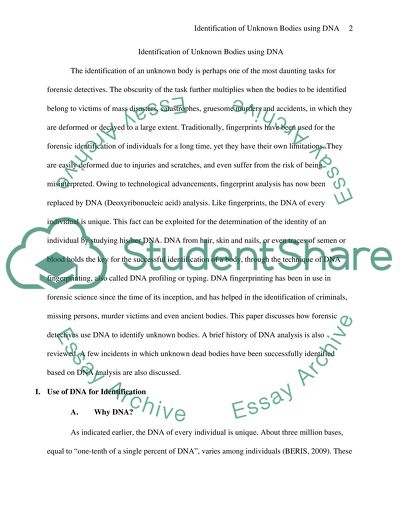Cite this document
(“Identification of Unknown Bodies using DNA Research Paper”, n.d.)
Retrieved from https://studentshare.org/health-sciences-medicine/1431800-how-do-forensic-detectives-use-dna-to-identify
Retrieved from https://studentshare.org/health-sciences-medicine/1431800-how-do-forensic-detectives-use-dna-to-identify
(Identification of Unknown Bodies Using DNA Research Paper)
https://studentshare.org/health-sciences-medicine/1431800-how-do-forensic-detectives-use-dna-to-identify.
https://studentshare.org/health-sciences-medicine/1431800-how-do-forensic-detectives-use-dna-to-identify.
“Identification of Unknown Bodies Using DNA Research Paper”, n.d. https://studentshare.org/health-sciences-medicine/1431800-how-do-forensic-detectives-use-dna-to-identify.


